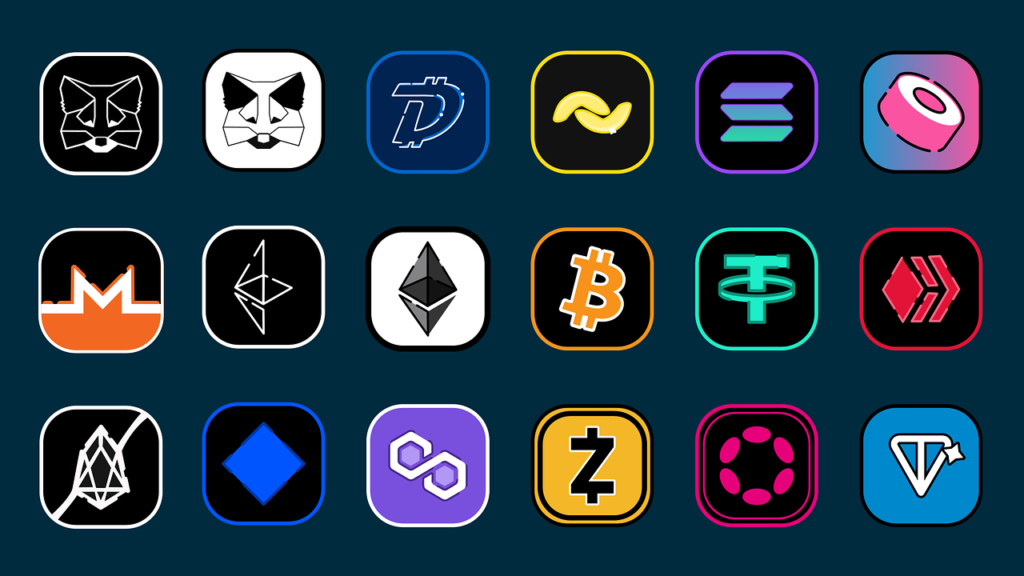
In the bustling world of smartphones, a new player emerged in 2023, promising a revolutionary fusion of cutting-edge tech and the burgeoning Web3 space. Solana’s Saga, a sleek Android phone brimming with crypto-friendly features, captured the imagination of tech enthusiasts and blockchain believers alike. Yet, despite glowing reviews and ambitious aspirations, the Saga’s journey has taken an unexpected turn, its sales figures painting a starkly different picture from the initial hype.
A Vision for a Web3 Future
Solana Labs, the masterminds behind the popular Solana blockchain, envisioned the Saga not just as a phone, but as a gateway to a decentralized future. Packed with features like a secure enclave for managing private keys, built-in support for dApps (decentralized applications), and a dedicated Solana Mobile Stack, the Saga promised to empower users to truly own their digital lives. Tech reviewers lauded its innovative approach, praising its security features, smooth performance, and integration with the wider Solana ecosystem.
The Hype Fizzles: Sales Fall Short
However, the excitement surrounding the Saga’s technical prowess couldn’t translate into robust sales figures. Initial projections from Solana Labs pegged sales targets at a healthy 25,000-50,000 units, aiming to attract developers and cultivate a thriving app ecosystem. By December 2023, however, reality painted a far grimmer picture. Reports indicated a mere 2,500 units sold, a staggering gap from the envisioned numbers.
Unraveling the Enigma: Why Did the Saga Falter?
Several factors likely contributed to the Saga’s underwhelming performance. One key suspect is its niche appeal. While Web3 enthusiasts found the phone’s features enticing, the average consumer, accustomed to the familiarity of established ecosystems like Apple and Android, might not have been swayed by the promise of decentralized functionalities.
Furthermore, the Saga’s price tag, landing at a premium compared to similar flagship devices, could have deterred potential buyers hesitant to invest in an unproven player. The nascent Web3 app landscape, still in its early stages of development, might have further discouraged early adopters seeking a robust and diverse app library.
Solana at a Crossroads: The Saga’s Uncertain Future
Solana Labs is currently tight-lipped about the Saga’s future plans. The company is likely engaged in internal discussions, grappling with the question of how to move forward in light of the underwhelming sales performance. Doubts might be brewing about the phone’s viability, prompting potential adjustments to the strategy or even a reconsideration of the project altogether.
Beyond the Saga: Lessons for Web3 Integration
The Saga’s struggles serve as a valuable lesson for aspiring Web3 ventures seeking to bridge the gap between blockchain technology and mainstream adoption. While technical prowess is crucial, understanding user needs and preferences remains paramount. A laser focus on niche functionalities might not be enough to entice a broader audience accustomed to the convenience and familiarity of existing ecosystems.
The Saga’s story is still unfolding, and its ultimate fate remains uncertain. However, its journey so far offers valuable insights into the challenges and opportunities that lie ahead for Web3 integration in the ever-evolving mobile landscape. Whether the Saga stumbles or finds its footing, it has undoubtedly contributed to the ongoing conversation about the future of smartphones and the potential of blockchain technology to reshape our digital lives.
Looking Ahead: What Does the Future Hold?
The Saga’s performance raises critical questions about the future of Web3 integration in smartphones. Will other tech giants follow suit and develop their own Web3-focused devices? How can developers create compelling dApps that attract a wider audience beyond the crypto-savvy niche? And most importantly, can Web3 features be seamlessly integrated into existing ecosystems without sacrificing user experience or affordability?
Overall, the Saga’s low sales despite positive reviews highlight the challenges of entering the highly competitive smartphone market, especially with a niche focus like Web3 integration. It remains to be seen whether Solana can adapt and find a path to success for the Saga phone in the future.
HTC’s latest move in the smartphone game is certainly unconventional.

They’ve launched a blockchain-focused phone, the “Exodus,” with a twist: you can only buy it with cryptocurrency. This bold decision raises eyebrows and excitement in equal measure, leaving us with several intriguing questions:
Intriguing Aspects:
- Niche Approach: Targeting the crypto-enthusiast and early adopter niche, HTC is clearly betting on the rise of decentralized finance and Web3 applications.
- Security Focus: The Exodus boasts unique security features like a hardware wallet and a separate enclave for managing private keys, appealing to security-conscious crypto users.
- Early Mover Advantage: If successful, HTC could become a pioneer in this emerging market, potentially influencing future development in Web3 smartphone integration.
Potential Challenges:
- Accessibility Barrier: Limiting purchase to cryptocurrency creates a significant barrier for entry, excluding most consumers who haven’t embraced digital currencies.
- Price Volatility: Cryptocurrencies tend to fluctuate in value, making the phone’s cost unpredictable and potentially discouraging buyers.
- Limited Market: The current crypto user base is still relatively small, potentially limiting the phone’s sales potential.
Overall, HTC’s gamble with the Exodus is worth watching closely. While the challenges are significant, the phone’s unique features and innovative approach hold the potential to reshape the smartphone landscape in the long run. Only time will tell if this blockchain-powered device will be a revolutionary step forward or a niche experiment lost in the sands of crypto winter.
Here are some additional points to consider:
- Will other phone manufacturers follow HTC’s lead and offer crypto-only purchase options?
- How will this impact the adoption of cryptocurrency in the broader consumer market?
- Can HTC build a thriving app ecosystem specifically for Web3 on mobile devices? Source